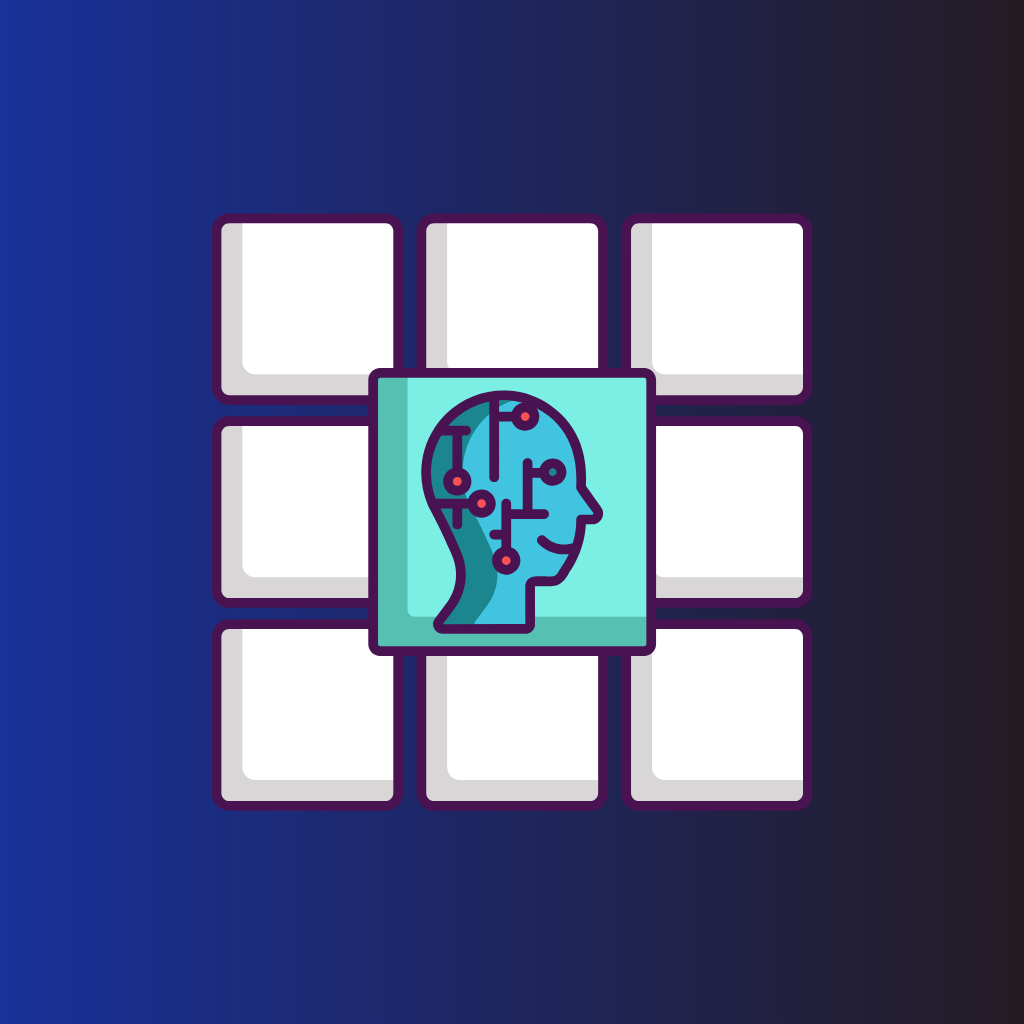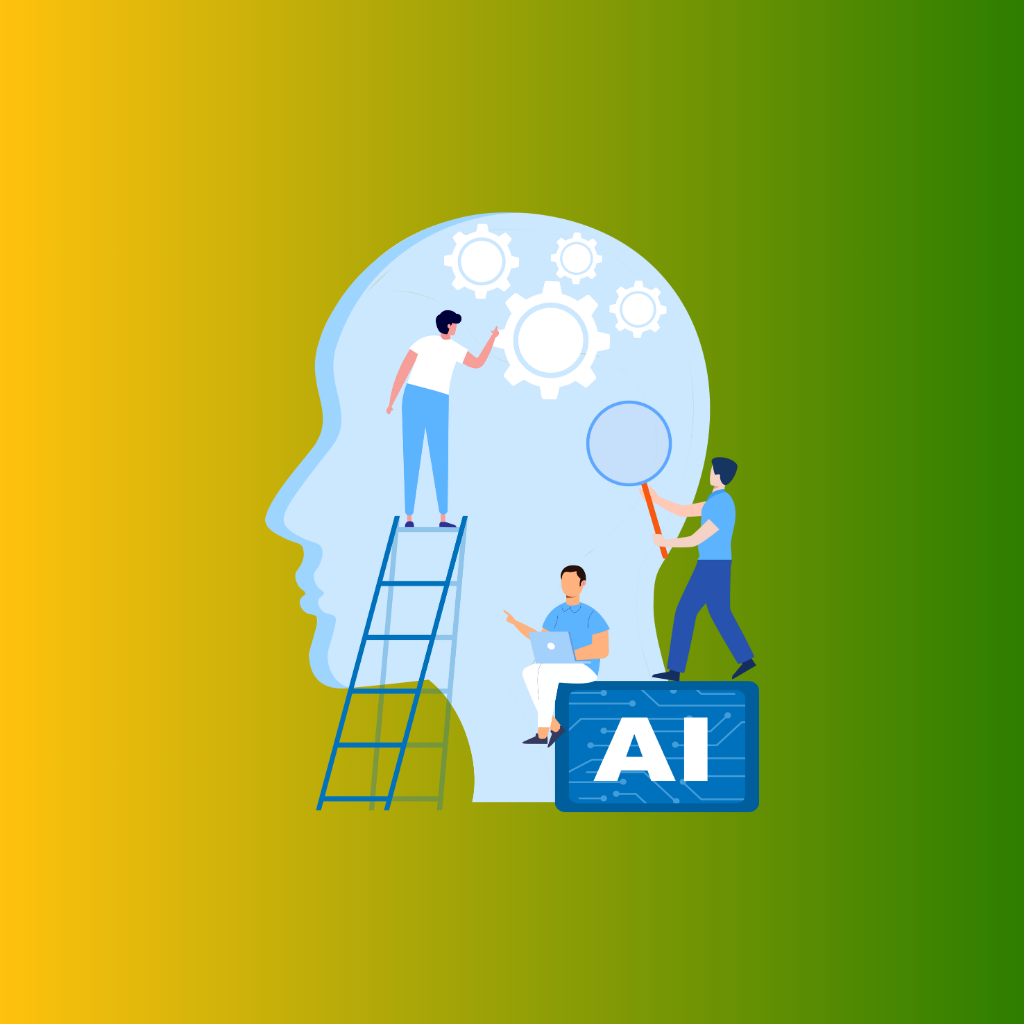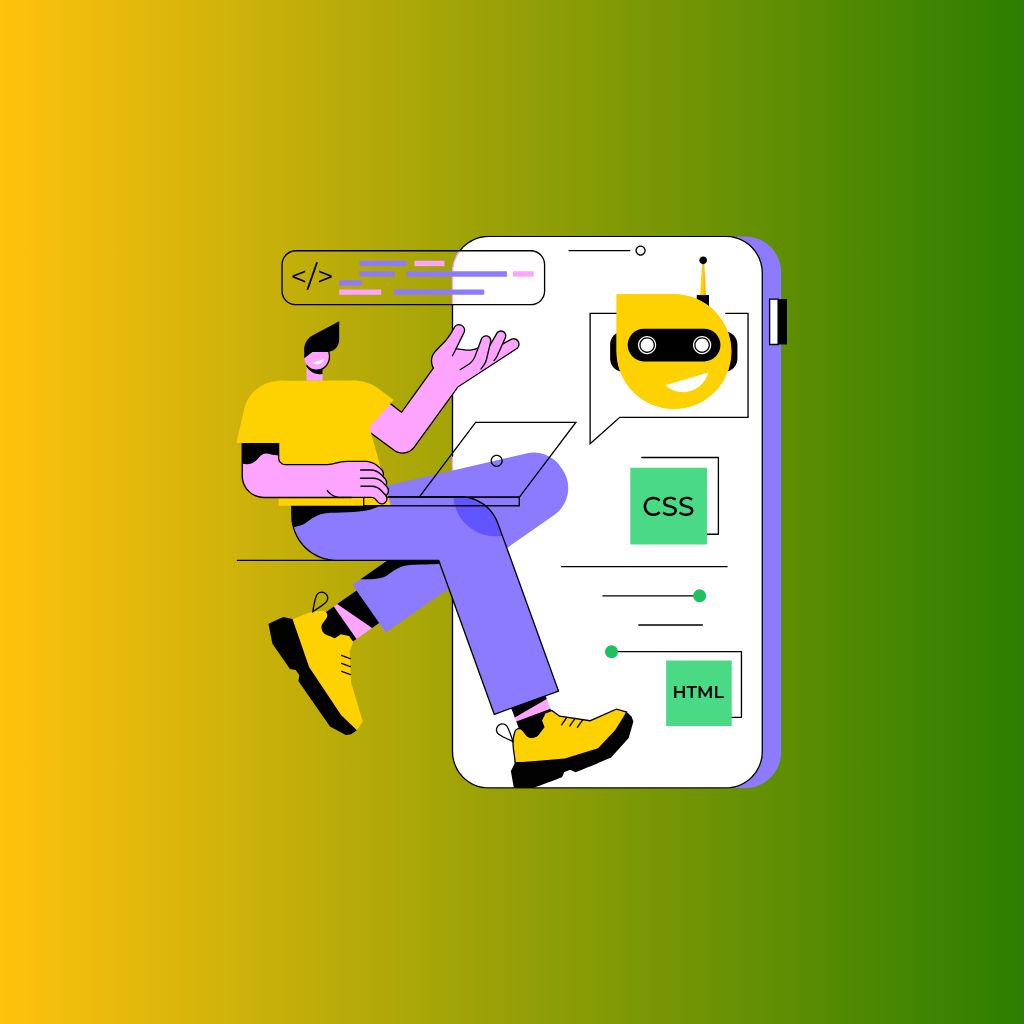Artificial Intelligence (AI) has become a real buzzword in the tech industry, and it's no wonder why. AI applications are completely changing the game for businesses, bringing us innovative solutions that used to only exist in sci-fi movies. Whether it's automating boring tasks or uncovering valuable insights from massive amounts of data, AI has the power to revolutionize all kinds of industries.
You can find AI applications in all sorts of shapes and sizes. There are virtual assistants like Siri and Alexa, recommendation systems that Netflix and Amazon use to suggest what you might like, and even super complex systems that drive self-driving cars. But it's not just about making our lives easier. AI is all about boosting productivity, helping us make better decisions, and opening up new doors for businesses.
The importance of AI in today's tech world cannot be overstated. Companies that embrace AI technology gain a serious advantage by becoming more efficient and cutting costs. Just think about it: AI-powered customer service chatbots can handle questions 24/7, freeing up human employees to focus on more complex issues. And in manufacturing, AI can predict equipment failures before they even happen, saving time and money by preventing downtime.
So, you see, AI is not just some fancy concept. It's a game-changer that's transforming the way we work and live.
I. Background Information
To fully grasp the impact and potential of AI applications, it's essential to understand what AI is and its fundamental concepts.
What is AI?
Artificial Intelligence (AI) refers to the simulation of human intelligence in machines designed to think and learn like humans. These systems are capable of performing tasks that typically require human intelligence, such as recognizing speech, making decisions, and identifying patterns.
AI can be broadly categorized into two types: Narrow AI and General AI.
- Narrow AI: Also known as Weak AI, this type of AI is designed to perform a narrow task (e.g., facial recognition, internet searches, or self-driving car navigation). Narrow AI systems are highly specialized and operate under a limited set of parameters. They do not possess general intelligence and are not capable of performing tasks outside their specific functions.
- General AI: Also known as Strong AI, this type of AI aims to perform any intellectual task that a human can do. General AI systems possess generalized human cognitive abilities, meaning they can find solutions to unfamiliar tasks without human intervention. While this concept is popular in science fiction, we have yet to achieve true General AI.
Key Concepts in AI
Several key concepts underpin AI technology, including machine learning, deep learning, and neural networks. Understanding these concepts is crucial for developing AI applications.
- Machine Learning: This is a subset of AI that involves the use of algorithms and statistical models to enable computers to learn from and make decisions based on data. Rather than being explicitly programmed for every task, machine learning systems improve their performance by exposure to more data over time. Common applications of machine learning include spam filtering, recommendation systems, and fraud detection.
- Deep Learning: Deep learning is a specialized form of machine learning that utilizes neural networks with many layers (hence "deep"). These networks can model complex patterns in large amounts of data. Deep learning is the driving force behind many advanced AI applications, such as image and speech recognition, natural language processing, and autonomous driving.
- Neural Networks: Inspired by the human brain, neural networks are a series of algorithms that attempt to recognize underlying relationships in a set of data. They consist of interconnected nodes (or neurons) organized into layers. Information is processed through these layers, with each node performing a calculation and passing the result to the next layer. Neural networks are particularly effective in tasks like pattern recognition and classification.
What you need to create AI software?
- Machine Learning (ML): This enables algorithms to learn from data and make predictions or decisions without needing explicit programming for each task.
- Deep Learning: Utilizing neural networks, this technology learns from large sets of unstructured data, such as images and audio.
- Expert Systems: These replicate a human expert’s decision-making process in a specific field by logically processing pre-programmed knowledge.
- Robotics: Combining AI with physical machines, robotics creates software to control robots, allowing them to perform tasks autonomously or semi-autonomously.
- Natural Language Processing (NLP): This helps machines comprehend and generate human language, facilitating natural user interactions with computers through speech or text.
- Genetic Algorithms: Inspired by natural evolution, these algorithms generate solutions for complex problems like scheduling or game strategies, enabling software to evolve and improve iteratively based on the effectiveness of the outcomes.
II. Steps to Develop an AI Application
Developing an AI application involves several critical steps. Each step requires careful planning and execution to ensure the success and efficiency of your AI solution. Here’s a detailed guide to help you through the process:
1. Identify the Problem
The first step in developing an AI application is to clearly define the problem you aim to solve. Without a well-defined problem, your project can quickly lose focus and direction.
- Define the Problem: Start by identifying a specific issue that your AI application will address. For instance, if you’re in the retail sector, you might want to develop a recommendation system to enhance customer experience.
- Understand the Needs and Pain Points of Your Target Users: Conduct thorough research to understand the needs and challenges of your target audience. This will help ensure your AI solution is both relevant and valuable.
2. Gather and Prepare Data
Data is the backbone of any AI application. The quality and quantity of data you gather will significantly impact the performance of your AI model.
- Importance of Data in AI Development: High-quality data is essential for training effective AI models. The more relevant data you have, the better your model can learn and make accurate predictions.
- Types of Data Needed (Structured vs. Unstructured):
- Structured Data: This is organized and easily searchable, often found in databases (e.g., spreadsheets, SQL databases).
- Unstructured Data: This is raw and unorganized, such as text, images, and videos. AI applications, particularly in deep learning, can extract valuable insights from unstructured data.
- Methods of Data Collection: There are various ways to collect data, including surveys, web scraping, and using APIs to access external data sources.
- Data Cleaning and Preprocessing Techniques: Raw data often contains noise and inconsistencies. Clean your data by removing duplicates, handling missing values, and standardizing formats. Preprocessing steps like normalization and data augmentation can enhance the quality of your dataset.
3. Choose the Right Algorithms and Tools
Selecting the appropriate algorithms and tools is crucial for building an effective AI application.
- Overview of Common AI Algorithms:
- Regression: Used for predicting continuous values (e.g., house prices).
- Classification: Used for categorizing data into predefined classes (e.g., spam detection).
- Clustering: Used for grouping similar data points (e.g., customer segmentation).
- Criteria for Selecting the Right Algorithm: Consider factors such as the nature of your problem, the size and type of your data, and the desired accuracy and performance.
- Introduction to Popular AI Frameworks and Libraries:
- TensorFlow: A comprehensive open-source library for machine learning.
- PyTorch: Known for its flexibility and dynamic computation graph, popular in research and industry.
- Scikit-learn: A simple and efficient tool for data mining and data analysis, built on NumPy, SciPy, and matplotlib.
4. Train and Develop the Model
Training your AI model involves several critical steps to ensure it can make accurate predictions.
- Steps to Build a Machine Learning Model: Start by selecting the appropriate algorithm and then build your model using your chosen framework.
- Training the Model: Split your data into training and testing sets to evaluate the model's performance. Typically, 70-80% of the data is used for training, and the remaining 20-30% is used for testing.
- Model Evaluation and Validation Techniques: Use techniques like cross-validation, confusion matrix, and ROC curves to assess the performance of your model.
- Iterating and Improving the Model: Based on the evaluation results, iterate on your model by fine-tuning hyperparameters, trying different algorithms, or using more data to improve accuracy and performance.
5. Integrate the Model into an Application
Once your model is trained and validated, the next step is to integrate it into a user-friendly application.
- Choosing the Right Platform and Programming Languages: Decide on the platform (web, mobile, desktop) and select appropriate programming languages (e.g., Python for backend, JavaScript for frontend).
- Overview of Application Development Frameworks:
- Flask/Django: Ideal for developing web applications and APIs.
- React Native: Suitable for cross-platform mobile app development.
- Implementing the AI Model within the Application: Integrate your trained model with the application’s backend, ensuring it can process user inputs and provide real-time outputs.
6. Test and Deploy the Application
Before launching your AI application, thorough testing is essential to ensure it works as intended.
- Importance of Thorough Testing: Conduct various tests, including unit tests, integration tests, and user acceptance tests, to catch and fix any issues.
- Deployment Options: Choose between cloud services (AWS, Google Cloud, Azure) and on-premises deployment based on your requirements. Cloud services offer scalability and flexibility, while on-premises deployment may be preferred for data privacy and control.
- Monitoring and Maintaining the AI Application Post-Deployment: Regularly monitor the application's performance, update models as new data becomes available, and ensure the system remains secure and reliable.
III. Business Perspective
AI-powered software is indeed an investment, but it offers quick returns. According to a report by Constant Contact, most businesses that have implemented AI and automation have experienced notable cost reductions and efficiency gains. Moreover, the benefits increase with continued use of the technology.
Here are some key insights from their report:
- 60% of businesses using AI or automation in their marketing report time savings and increased efficiency.
- 70% of businesses are willing to pay more for solutions that include AI or automation tools.
- 33% of businesses have saved over 40 minutes per week on tasks thanks to AI or automation.
Impact on Businesses
- Efficiency Gains and Cost Savings: AI can automate repetitive and time-consuming tasks, freeing up human resources for more complex and strategic activities. For instance, AI-driven automation in manufacturing can streamline production processes, reducing errors and increasing output.
- Competitive Advantage Through Innovation: Companies that adopt AI can innovate faster and more effectively. AI enables businesses to develop new products and services, improve existing ones, and optimize internal processes.
- Improved Decision-Making with Data-Driven Insights: AI excels at analyzing vast amounts of data and extracting actionable insights. Businesses can leverage these insights to make informed decisions, optimize strategies, and identify new opportunities.
- Importance of Aligning AI Development with Business Goals: AI initiatives should be closely aligned with the company’s strategic objectives. Before investing in AI, businesses should identify specific areas where AI can provide the most value, such as improving customer service, optimizing supply chains, or enhancing product development.
- Investing in Talent and Infrastructure: Successful AI implementation requires a combination of skilled talent and robust infrastructure. Companies should invest in hiring or training employees with expertise in AI, data science, and machine learning.
- Staying Updated with AI Trends and Advancements: The field of AI is rapidly evolving, with new technologies and methodologies emerging regularly. Businesses should stay informed about the latest trends and advancements in AI to remain competitive.
Conclusion
Developing an AI application is a pretty complex process, but it's totally worth it because it can really level up your business and give you a competitive edge. So, here's a rundown of the main steps you need to take:
- Identify the Problem: First things first, you gotta clearly define the problem that your AI application is gonna solve. You need to understand what your target users need and what issues they're facing.
- Gather and Prepare Data: You gotta gather high-quality data, both structured and unstructured. And don't forget to clean and preprocess it so that it's all set for your AI models.
- Choose the Right Algorithms and Tools: Now, it's time to pick the best AI algorithms that fit your needs. There are some cool frameworks and libraries out there like TensorFlow, PyTorch, and Scikit-learn that you can leverage.
- Train and Develop the Model: This is where the magic happens. You gotta build, train, and evaluate your machine learning model using the data you prepared. And of course, you gotta iterate and improve its performance.
- Integrate the Model into an Application: To make things user-friendly, you need to choose the right platform and programming languages to integrate your AI model into an application.
- Test and Deploy the Application: Once everything's set, you gotta test it out thoroughly. And then, it's time to decide how you wanna deploy it, whether it's gonna be on the cloud or on-premises. And don't forget, you gotta monitor and maintain your AI application to keep it running smoothly.
The potential of AI in transforming businesses is off the charts. It can automate boring tasks, give you valuable insights from data, and spark innovation. Basically, it can make your business more efficient, improve the customer experience, and boost your overall performance. And as AI technology keeps advancing, its applications are gonna become even more widespread and important for business strategies.
If you're thinking of jumping on the AI bandwagon, here's a pro tip: start small and take it one step at a time. Begin with a pilot project that tackles a specific problem, and then gradually expand as you gain more experience and learn from your initial implementations. This way, you can manage risks, learn the ropes, and build a strong foundation for incorporating AI more extensively.
AI isn't just a passing trend; it's a game-changer that'll shape the future of business. So, if you wanna tap into its full potential and set your business up for long-term success, embrace the power of AI. Start small, iterate, and scale up. The sky's the limit!




